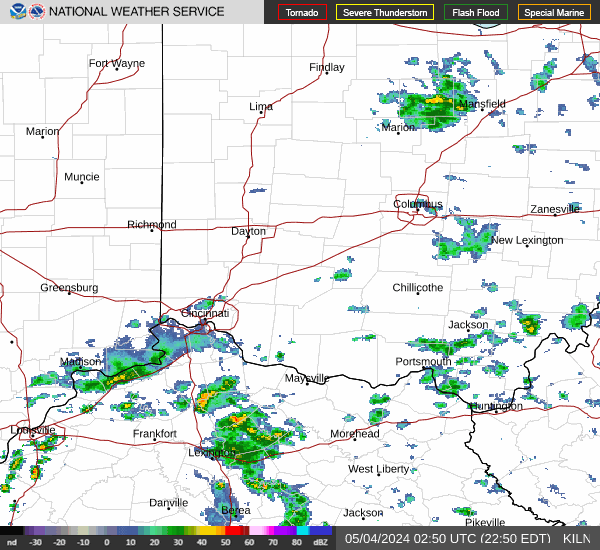| | | | | | | | S | M | T | W | T | F | S |
|
1 |
2 |
3 |
4 |
5 |
6 |
| 7 |
8 |
9 |
10 |
11 |
12 |
13 |
| 14 |
15 |
16 |
17 |
18 |
19 |
20 |
| 21 |
22 |
23 |
24 |
25 |
26 |
27 |
| 28 |
29 |
30 |
|
| | | | | | Basic Instructions Before Leaving Earth |  | And God said, Let the waters under the heaven be gathered together unto one place, and let the dry land appear: and it was so. |
|
|
| | | | | | | | | Message Board | Voting Booth | Chat Room | | Members | Alumni | Guest Book |
|
|  | World Tide |
| | Lo 30 °F | Tonight

Areas Frost
|
| | Hi 58 °F | Thursday

Areas Frost
then Sunny
|
|  |  |
| |  | Bitcoin Hopper | | Order: 76 | Valid: 76 | Open: 0 | Today: 0 |
| | Market Cap: $0 | 24H Volume: $0 |
|
| | Status | Price | Height | Block
Reward | Workers
Shares | Last Block
Time Since Last | Pool |  | | $64,302.57 | 850000 | 3.125 BTC | | | |  | | $0.00064303 | 0 | 50 HERBS | 0
0% | 0
0:0 | |  | | $0.15058167 | 5075888 | 10000 DOGE | 0
0% | 0
0:0 | |  | | $476.97500000 | 834050 | 3.125 BCH | 0
0.01% | 0
0:0 | |  | | $83.38100000 | 2627186 | 6.25 LTC | 0
0% | 0
0:0 | |  | | $0.01206900 | 19162088 | 351 DGB | 0
32.45% | 19094169
282:48 | |
| |  Create Thread Create Thread |
| Subject / Message | Started by | View | Last Post | Option |
|
|

 Register Now! - [ Click Here ]
Register Now! - [ Click Here ]